Overview
We want to incorporate a filter into our device that provides a high standard of contaminant reduction while operating at a high flow rate. In pursuit of such performance, we’ve decided to experiment with “ultrafilters” used in Kent-brand gravity systems. These filters route water through a bundle of “hollow fibers” which impede the progression of unwanted matter. While we’ve carried out limited testing on the the flow rate of these units, we had yet to assess their bacteria-reducing capabilities. The following test was carried out to assess this performance.
Preparation of Input Water
In order to synthesize high-contaminated water, Dr. Rajshree at the Foundation for Environmental Engineering mixed a large quantity of E. Coli CFUs (colony forming units) into a known volume of water. She determined the precise concentration of this input water by diluting a 10 milliliter sample to a concentration of 10,000 times less. This dilution was then grown in a petri dish, and each colony was counted. In the absence of this dilution method, one would only be able to obverse a thick, contiguous layer of microbial growth.
Using this method, a concentration of 1.76 million CFUs per milliliter was determined.
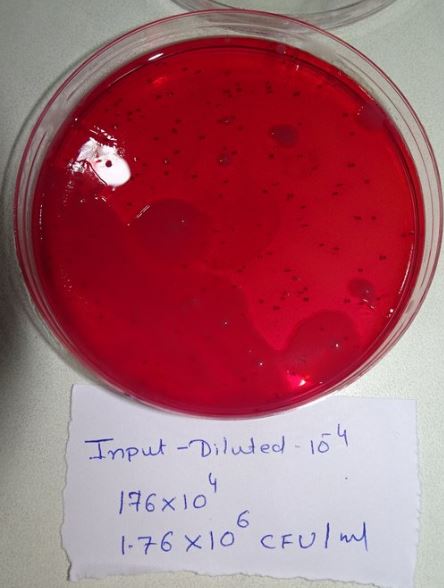
Water Filtration
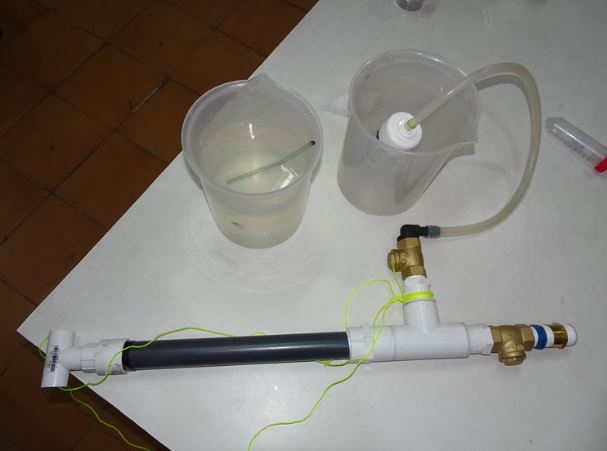
We then used the latest prototype to route the high-concentration mixture (left beaker) through an ultra filter and into an output container (right beaker).
Output Analysis
After filtration, Dr. Rajshree applied the same growth process to a sample volume of the output water with no dilution. This showed that all of the original E. Coli CFUs had been removed. It’s worth noting that the color-specific features of the growth medium did indicate the presence of an additional, unknown type of bacteria in the output. However, only 3 CFUs of this additional species were counted. Therefore, during this specific test, the filter was able to achieve a total E. Coli-specific reduction of over log-5. That is, the input had over 100,000 times as much E. Coli CFUs than did the output. This achieves a WHO standard of at least a log-4 reduction for bacteria purification.
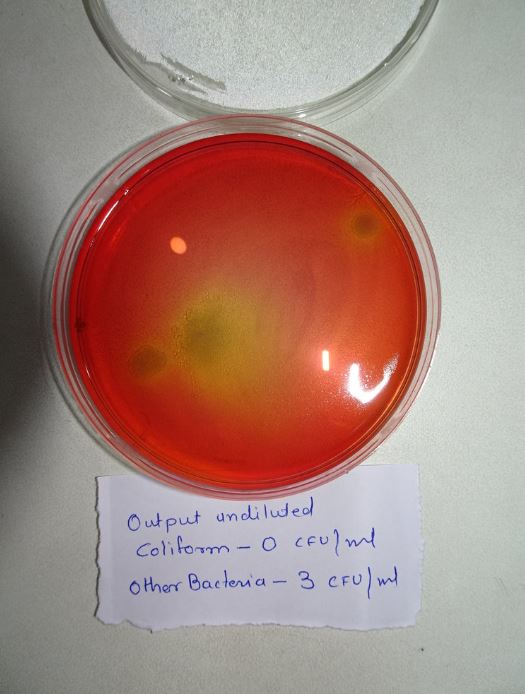
Reflection
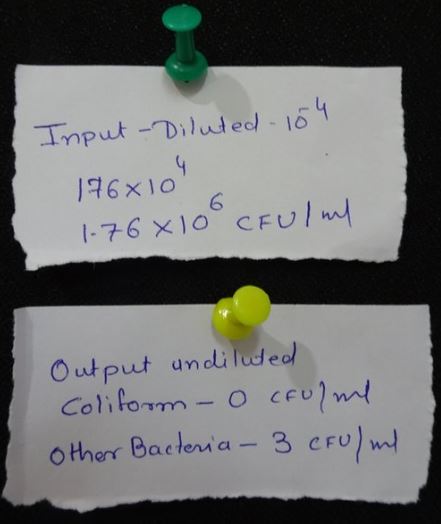
We have succeeded in verifying the effectiveness of Kent Gold’s ultra-filters, at least in one trial. While the test is mainly an assessment of another company’s product, the performance of the device also confirmed that we have achieved a proper seal in the pump apparatus. This experiment also shed light on the issue of additional bacteria making its way into the system at some point. While such low concentrations are no cause for alarm, the result is still an uncontrolled variable. This additional species could have come either from the tap water used to dilute the input or from residue left on the filter from previous use.
Moving Forward
While the Kent Gold filter is quite effective, its per-unit retail price of about ₹500 is prohibitively high. This has driven Pure Paani to experiment with alternative, lower-cost ultra filters. This has proven to be a challenge, as many, such as the one shown on the right, have proven to be fraudulent.
Therefore, while Pure Paani has identified a reliable technology, the pricing is still an obstacle to overcome.
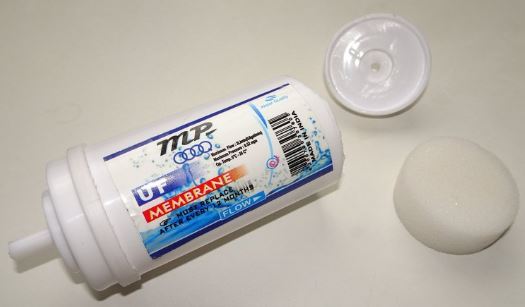
Key Data
- Input Bacteria Species – E. Coli
- Input Concentration – 1.76 million CFU per milliliter
- Output Concentration – 0 CFU of E. Coli per milliliter
- Filter Average Pore Size – 0.01 to 0.1 microns
- Filter Price Per Unit – ₹500

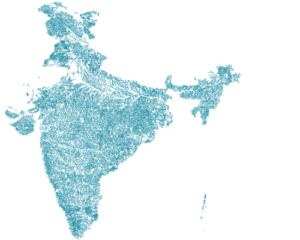
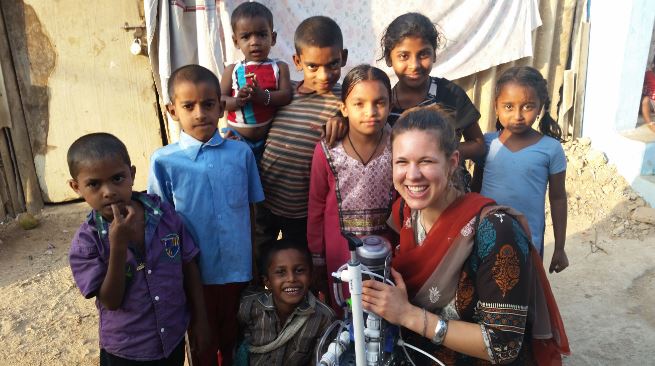


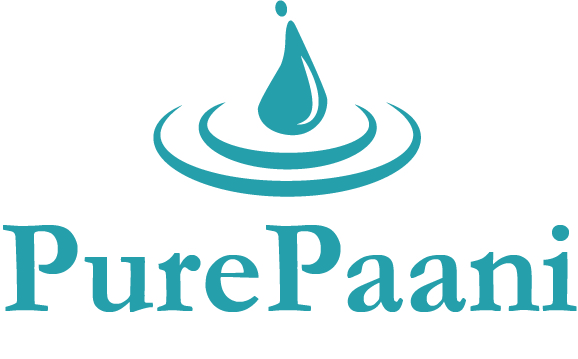
Recent Comments